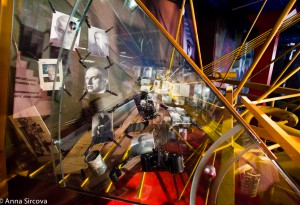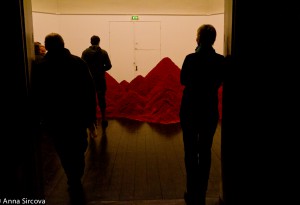Time is such an interesting concept. However, we do not have a dedicated bodily organ to register it – we don’t have ‘nose’ that is dedicated to ‘smelling’ time, or ‘skin’ to ‘feel’ it. It always escapes, but it is always there at the same time. Here is one of my half-joking projects that aims to explore the notion of time. We can ‘see’ time when we witness change upon something constant. Table in this project plays that role. The photos were taken on the iPhone and are left as is. The original idea was to take photos every day for at least a year. But it didn’t really work out. Here are about 3 months of a life of a table. Enjoy!
Category: Art
Russian wonders: Mayakovsky Museum

Museum dedicated to Vladimir Mayakovsky is one of my favorite museums. I can’t say I’m a big fan of Mayakovsky. Of course, I was read his children’s poetry when I was small. Of course, I read some of his other works while studying in high school. But that’s pretty much it. I don’t really remember how I ended up visiting the museum for the first time, but I instantly fell in love with it. It is a very special museum, it is more of an art installation actually. I’ve heard bits of an excursion once and ever since wanted to go on one there. Never could either find the time or the money to do it while I was living in Moscow. This summer, finally, it all worked out.
The only reason I’m writing all this is that the museum will be closed by the end of August 2013. What will become of the museum and its unique installation no one knows. It is located very centrally in Moscow and we were told that most of the museum’s premises will be taken away, only one room will remain there. I really felt shocked when at the end of the visit we were told that these are the last days of the museum… I was thinking “And what’s next then?”… Over the coffee, later the same afternoon we got to know that the Russian Academy of Sciences was just shut down… I’m not sure I want to know any more, what’s next…
So in case you’re in Moscow now or planning a trip there in the nearest future – do visit Mayakovsky Museum! You’ll walk through and experience a special form of the Soviet art of the 1920’s, the constructivism and futurism of the era. And I really recommend to take a guide! You can call the museum, ask for Karina – she can guide you in Russian, English or German.
Mayakovsky Museum Lubyansky proezd 3/6, bldg. 4 Moscow, 101000 Russia phone: +7 – 095 – 621-65-91; 621-93-87; 628-25-69Working hours:
Monday, Tuesday, Friday, Saturday, Sunday: 10:00 – 17:00 Thursday: 13:00 – 20:00 
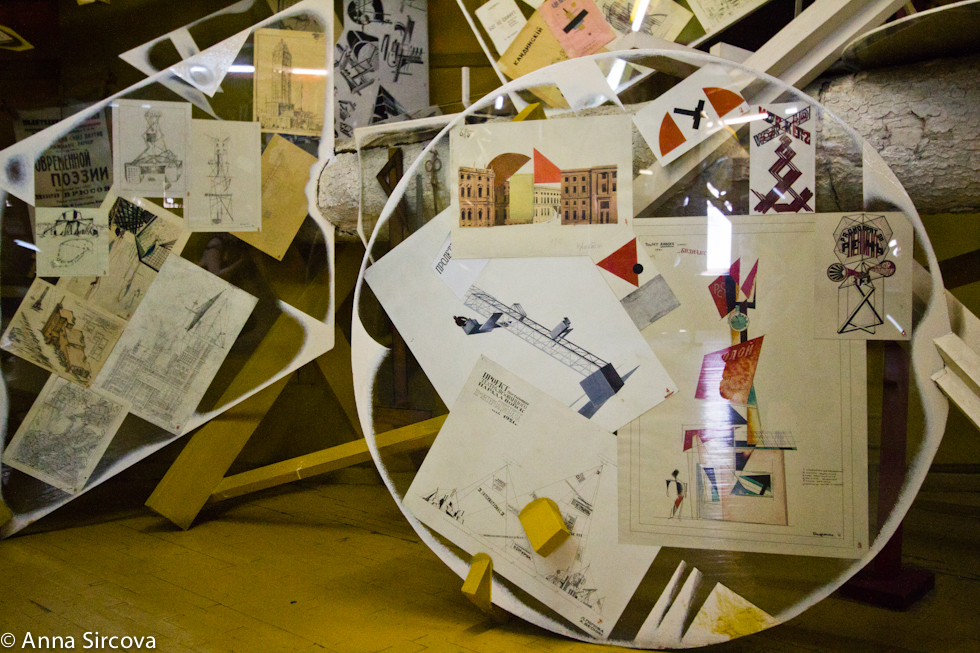
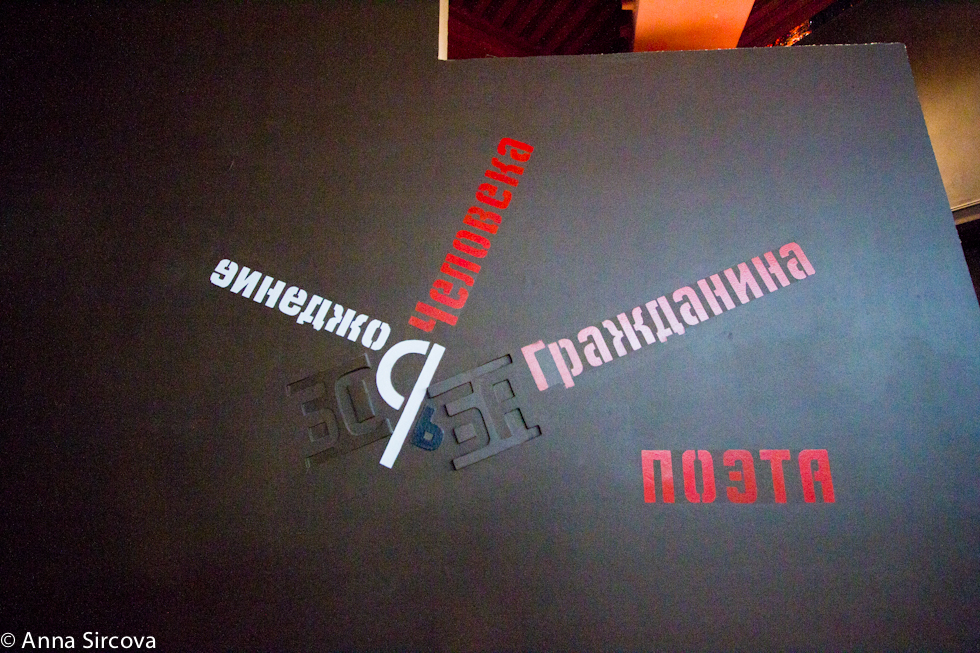

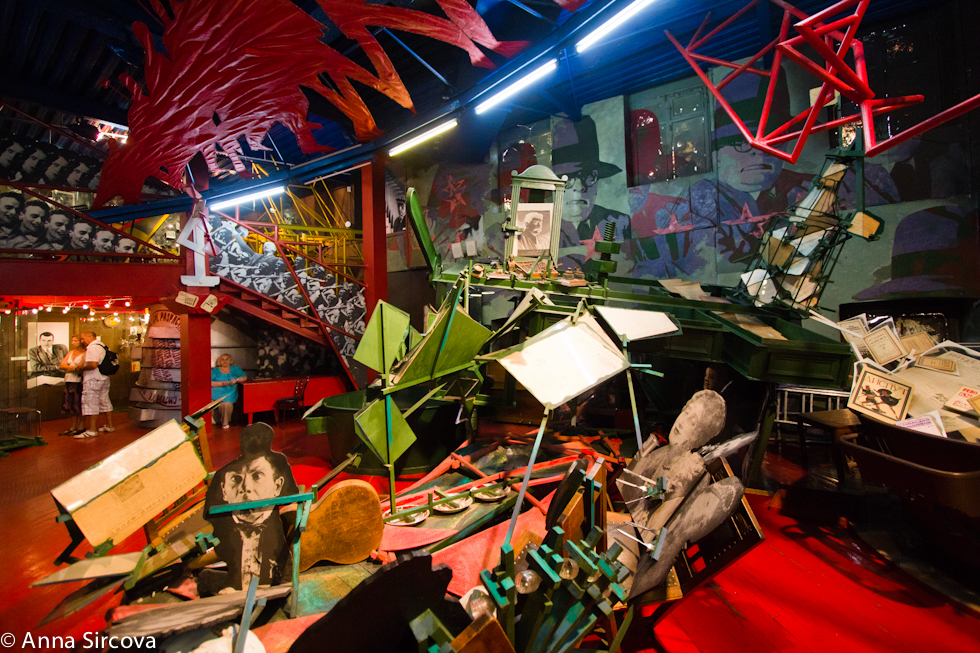
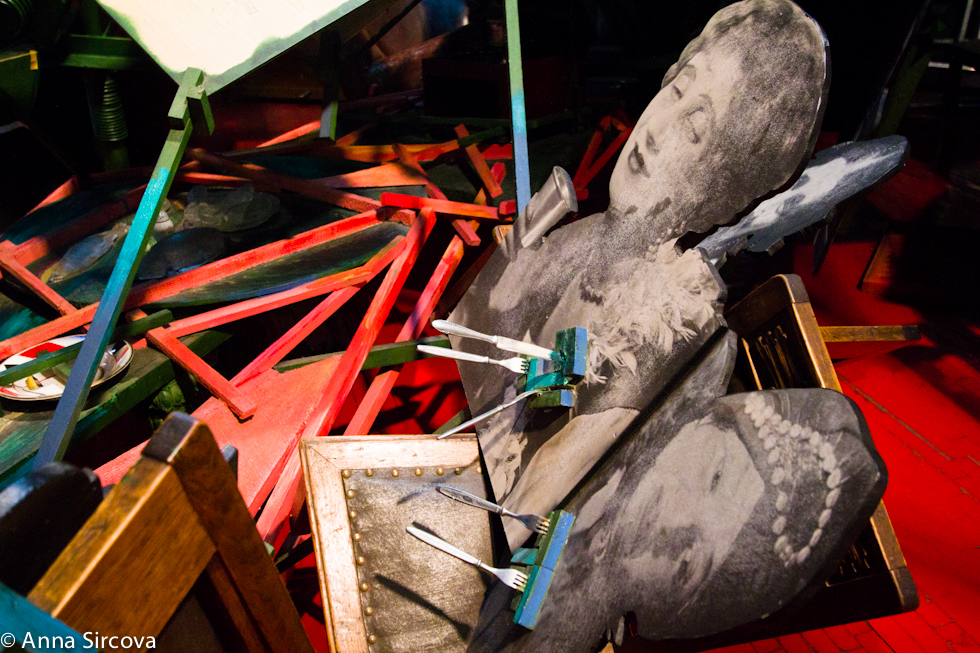
Modern art
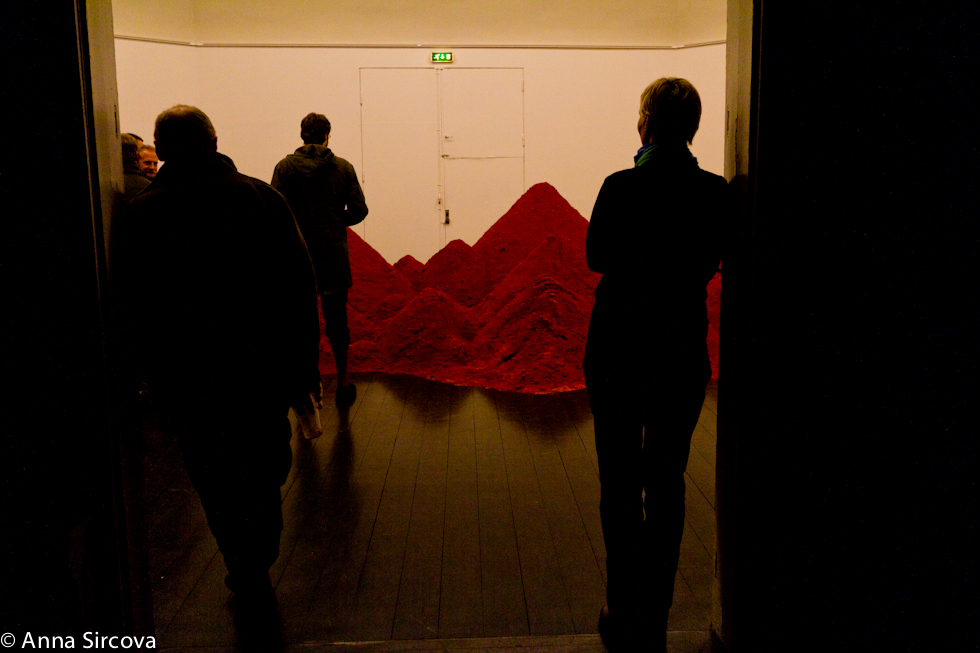
Jette Gejl and Bjorn Godwin: 15m3 at the Den Frie Center of Contemporary Art | Copenhagen, Denmark
Modern art:
Reflections on the 15m3 installation by Jette Gejl and Bjorn Godwin at the Den Frie Center of Contemporary Art
Modern art is not really self explanatory.. You really need to know the context of what was happening – at the exhibit we only see the result of a thought process and in order to appreciate it we need to get into the narrative that was accompanying the artist in the act of producing his/her art pieces..
What was the starting point? How was it evolving in-between? What were the alternatives?.. The whole decision-making process is hidden from the viewer – we only get the final result, which would have probably made sense if we’d known all the intermediate steps that had lead to it, the full tree of decisions.. However, we’re left to wonder about the final result of this tedious thought process and all the reductions in-between. I’m usually extremely puzzled and have no idea ..
If you’re lucky to attend the artist talk – then many things fall into their places.. Otherwise it remains as a random object rather than art.. Out of context… Yet another bubble..
If there is no one to tell that this sand came from Australia and it is supposed to explore the role of art in the climate change debate by stating how much tons of carbon emissions it has produced by bringing it all the way to Denmark.. If there is no one to tell you this, the red sand remains just the red sand on the floor of a room…
However, even knowing all of the above, it doesn’t really help in overcoming the amotivation in the environmental behaviors in my opinion. Somehow just giving the information about those issues, even in the artistic form about the overuse of the natural resources and pollution that we all jointly create, unfortunately will not lead to taking any constructive actions something that would lead to change, at the best it will make people wonder for some time.
I think if the artist would sort of follow up on the people who came to view the exhibit it can bring the concept even further. Just a small question to ask: “Now that you know this, what are you going to do about it?”, “If you do care for these issues, what could you do as an individual to contribute to the overall change?”
I believe that all the big changes happen due to small individual acts combined together..
15m3 is part of the 5 Solo exhibition at the Den Frie Center of Contemporary Art, Copenhagen, Denmark. It is on display from 2 March till 31 March, 2013.

